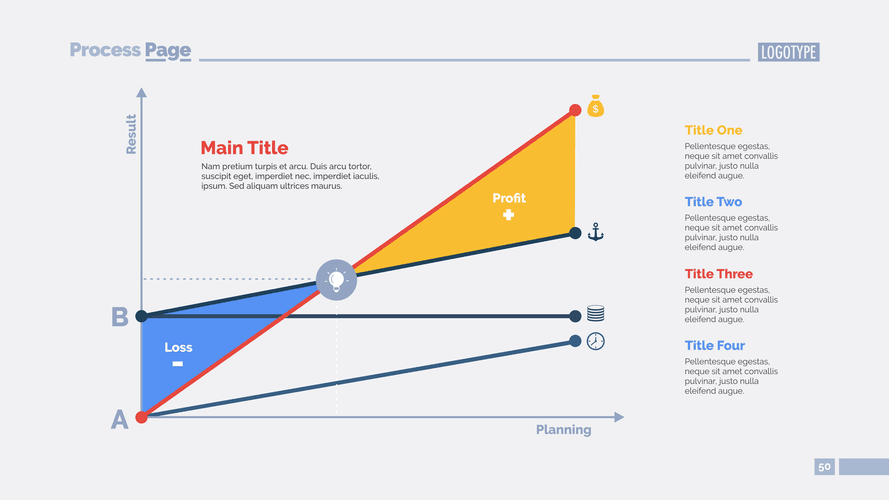
This balance signifies that a business has generated an aggregate profit over its life. However, the amount of the retained earnings balance could be relatively low even for a financially healthy company, since dividends are paid out from this account. Consequently, the amount of the credit balance does not necessarily indicate the relative success of a business. The closing entries are the journal entry form of the Statement of Retained Earnings. The goal is to make the posted balance of the retained earnings account match what we reported on the statement of retained earnings and start the next period with a zero balance for all temporary accounts.
What’s the Difference Between Owner’s Equity and Retained Earnings?
On the other hand, the stock payment transfers part of the retained earnings to common stock. For instance, if a company pays one share as a dividend for each share held by the investors, the price per share will be cut in half because the number of shares will double. Because the company has not created any real value simply by announcing a stock dividend, the per-share market price is adjusted according to the proportion of the stock dividend. It involves paying out a nominal amount of dividends and retaining a good portion of the earnings, which offers a win-win. Management and shareholders may want the company to retain earnings for several different reasons. Retained earnings are not cash; they represent profits that may be tied up in assets such as inventory, equipment, or accounts receivable.
- A separate formal statement—the statement of retained earnings—discloses such changes.
- Observing it over a period of time (for example, over five years) only indicates the trend of how much money a company is adding to retained earnings.
- Welcome to AccountingJournalEntries.com, your ultimate resource for mastering journal entries in accounting.
- Negative retained earnings can arise for a profitable company if it distributes dividends that are, in aggregate, greater than the total amount of its earnings since the foundation of the company.
- On the other hand, the stock payment transfers part of the retained earnings to common stock.
Accounting Skills in Everyday Life

A debit balance would suggest the company has incurred losses or has distributed more dividends than it earned. This means that retained earnings typically increase with credits and decrease with debits. A positive credit balance indicates accumulated profits, while a negative balance may suggest accumulated losses or deficits. Retained earnings are a type of equity and are therefore reported in the shareholders’ equity section of the balance sheet. Although retained earnings are not themselves an asset, they can be used to purchase assets such as inventory, equipment, or other investments.
What Is the Difference Between Retained Earnings and Revenue?
The accounting term that means an entry will be made on the left side of an account. Since the purpose of the contra account is to be offset against the balance on another account, it follows that the normal balance on the contra account will be the opposite of the original account. A maturing company may not have many options or high-return projects for which to use https://www.bookstime.com/what-are-retained-earnings the surplus cash, and it may prefer handing out dividends. For the past 52 years, Harold Averkamp (CPA, MBA) hasworked as an accounting supervisor, manager, consultant, university instructor, and innovator in teaching accounting online. For the past 52 years, Harold Averkamp (CPA, MBA) has worked as an accounting supervisor, manager, consultant, university instructor, and innovator in teaching accounting online. Manage all your business’s financial transactions with advanced features and an easy-to-use interface in Wafeq’s software accounting that helps you complete your tasks successfully.
- By debiting retained earnings, the corporation recognizes that it has less money available for future operations, investments, or dividend payments.
- When dividends are declared, the retained earnings for the company will be reduced.
- A statement of retained earnings is a formal statement showing the items causing changes in unappropriated and appropriated retained earnings during a stated period of time.
- In order for the company’s financial books to balance, when a debit is made to the retained earnings account, a corresponding credit has to be made to another account.
- Retained earnings are also known as accumulated earnings, earned surplus, undistributed profits, or retained income.
Example 5: Adjusting for Depreciation Expense
Retained earnings are the accumulated earnings (profit/loss) of an entity since inception less dividend. Retained earnings are included in the Equity or Owners Equity portion of the balance sheet. When an account has a balance that is opposite the expected normal balance of that account, the account is said to have an abnormal balance. For example, if an asset account which is expected to have a debit balance, shows a credit balance, then this is considered to be an abnormal balance. A statement retained earnings template is a financial document used to report changes in retained earnings over a specific period. It typically includes the beginning retained earnings, net income, dividends paid, and ending retained earnings.
- Retained earnings are an important part of a corporation’s financial statements.
- Instead, they have been reinvested back into the business for various purposes such as expansion, research and development, or debt repayment.
- Retained earnings are a company’s cumulative earnings since its inception after the subtraction of the cumulative amount that has been paid out as dividends to shareholders.
- Retained earnings act as a reservoir of internal financing you can use to fund growth initiatives, finance capital expenditures, repay debts, or hire new staff.
- If the company had not retained this money and instead taken an interest-bearing loan, the value generated would have been less due to the outgoing interest payment.
When the retained earnings balance of a company is negative, it indicates that the company has generated losses instead of profits over the period of its existence. Most companies that have a negative retained earnings balance are usually startups. This is because, at the beginning of the life of a business, it is most likely to incur losses due to the fact that its products and services have not yet gained market recognition. Thus, they do not have sufficient patronage to ensure their profitability yet. The amount of retained earnings a company has generally indicates that the company is profitable and is therefore an indication of the positive performance of the company. However, there are a lot of profitable businesses that might have a low balance in their retained earnings account.

Other income is income that does not come from a company’s main business, such as interest. Examples of other income include contribution margin income from interest, rent, and gains resulting from the sale of fixed assets. Changes in the composition of retained earnings reveal important information about a corporation to financial statement users. A separate formal statement—the statement of retained earnings—discloses such changes.


Retained earnings is the corporation’s past earnings that have not been distributed as dividends to its stockholders. Try Wafeq, the advanced electronic accounting and invoicing system, and join the thousands of business owners who use our integrated system. To simplify your retained earnings calculation, opt for user-friendly accounting software with comprehensive reporting capabilities. There are plenty of options out there, including QuickBooks, Xero, and FreshBooks. Retained earnings are also known as accumulated earnings, earned surplus, undistributed profits, or retained income.
The retained earnings account is never closed and will always maintain a balance even if it has a deficit. Retained earnings are a powerful financial tool that allows companies to reinvest in themselves, reduce debt, and build reserves for does retained earnings have a credit balance the future. Effectively managing retained earnings is essential for long-term success. Retained earnings are one of the options available to a company’s shareholders when distributing profits at the end of an accounting period.
